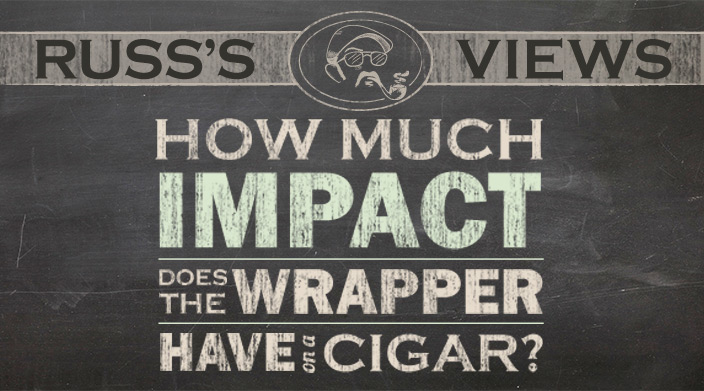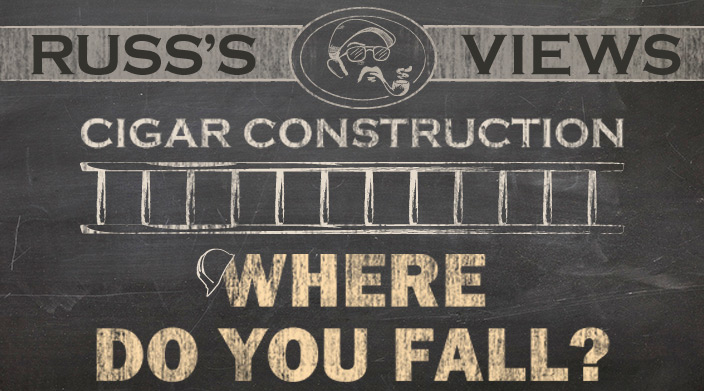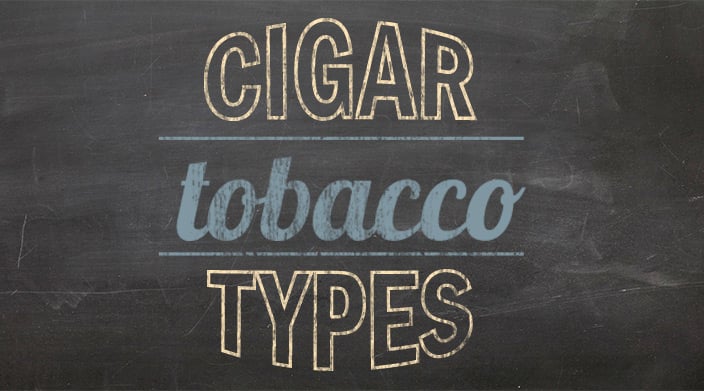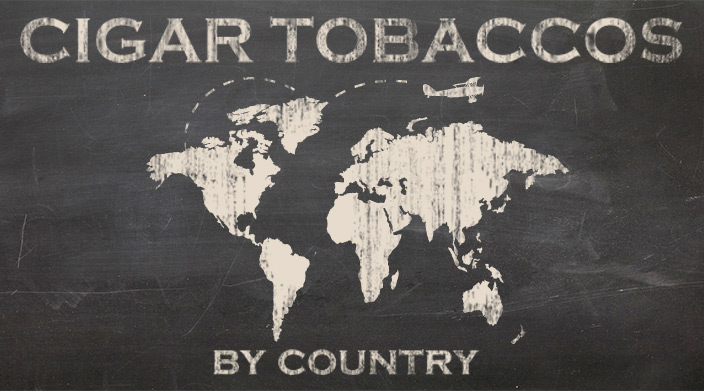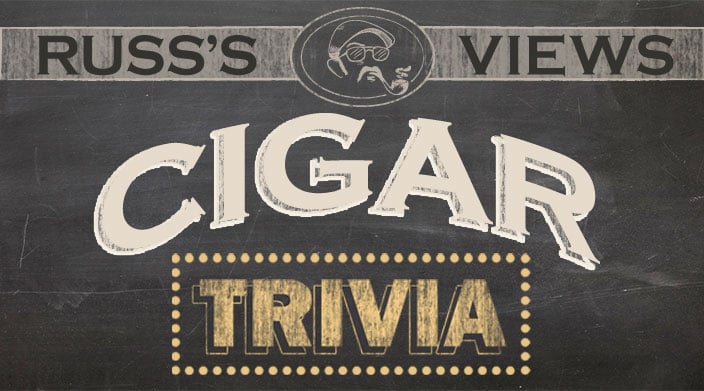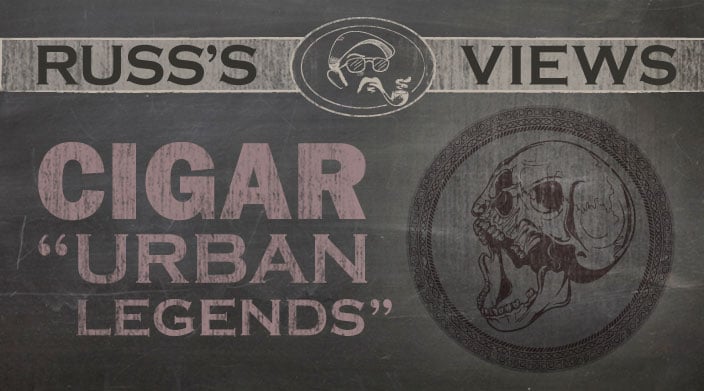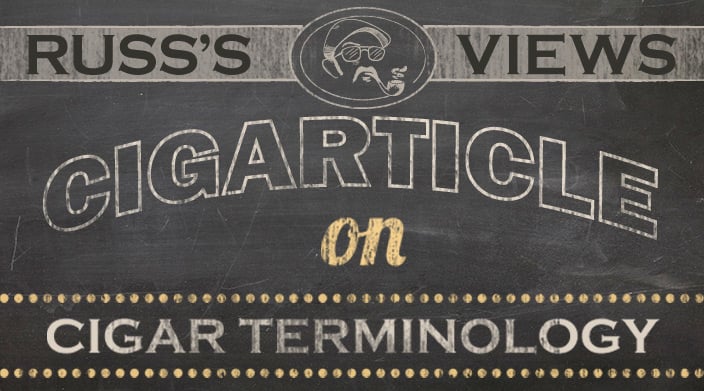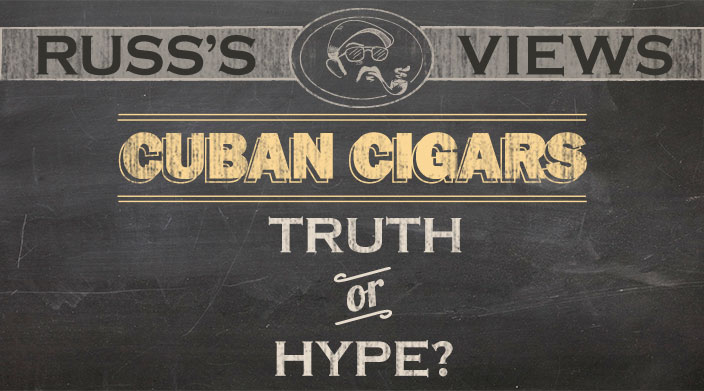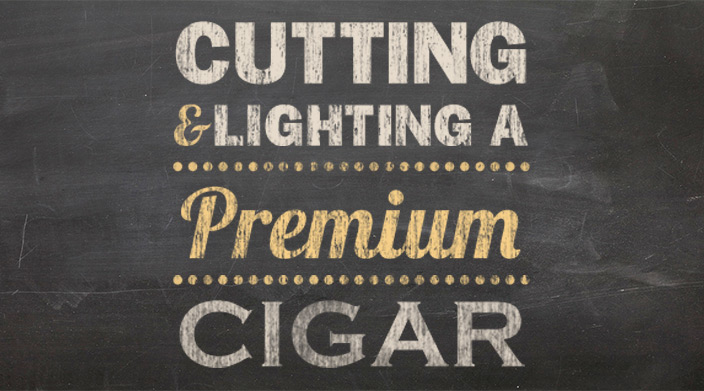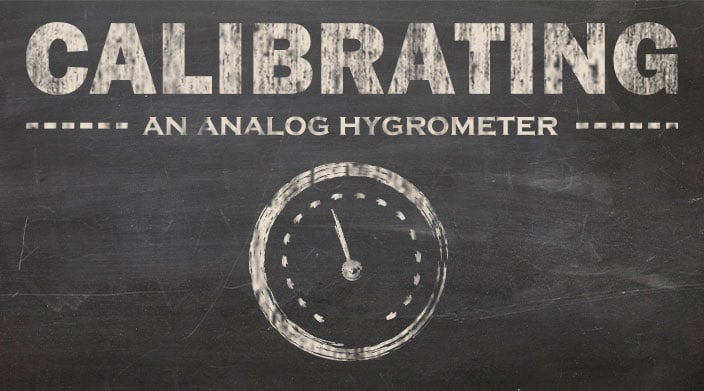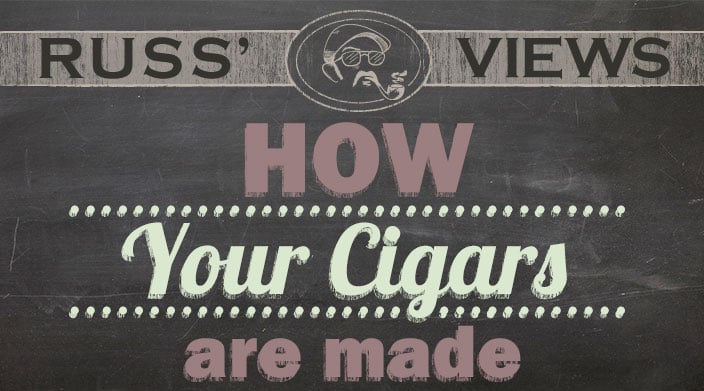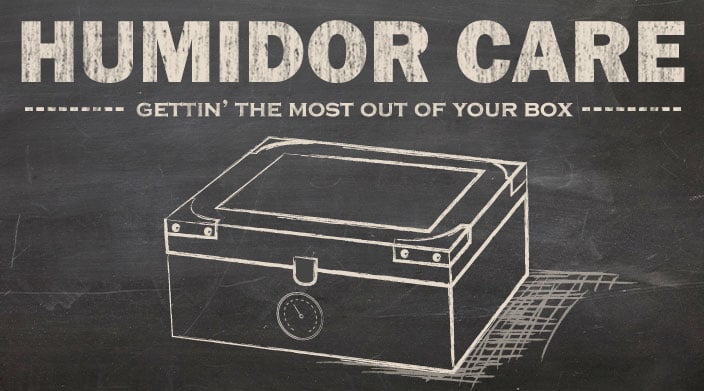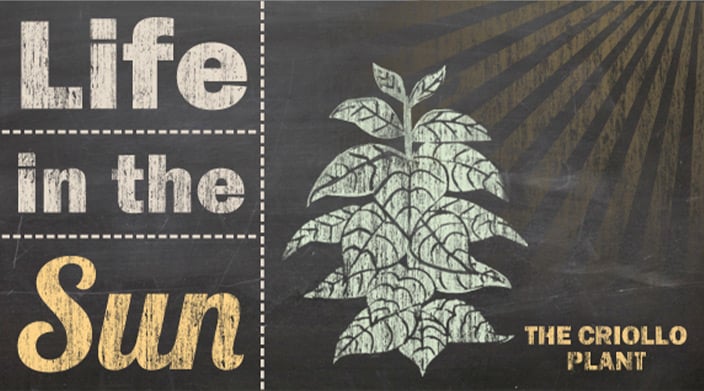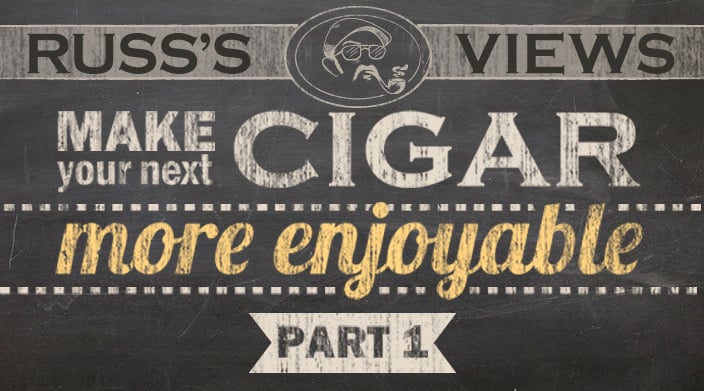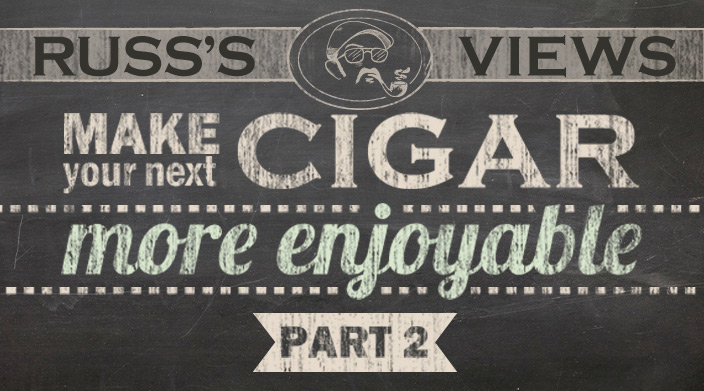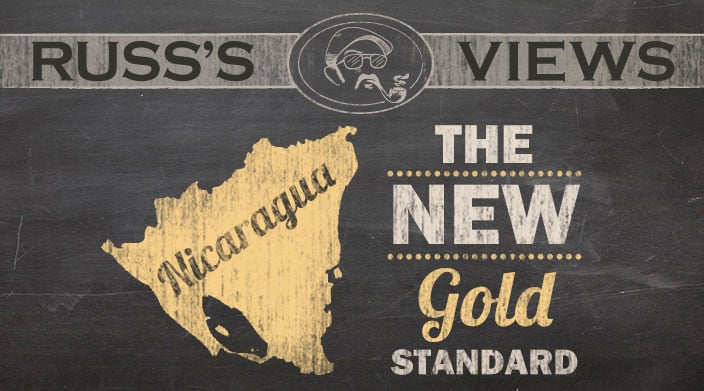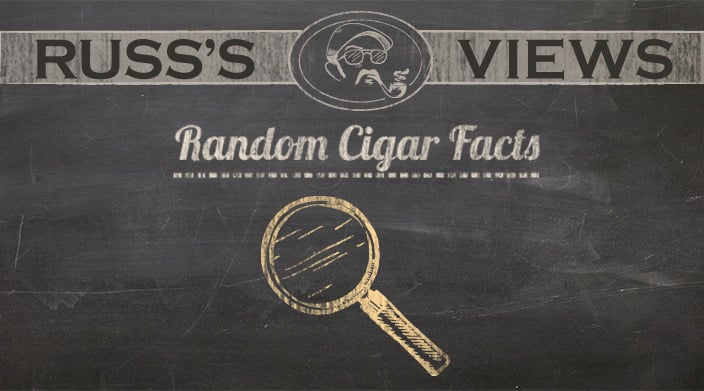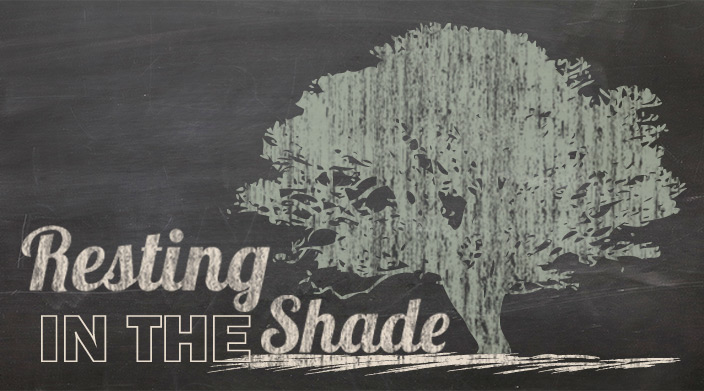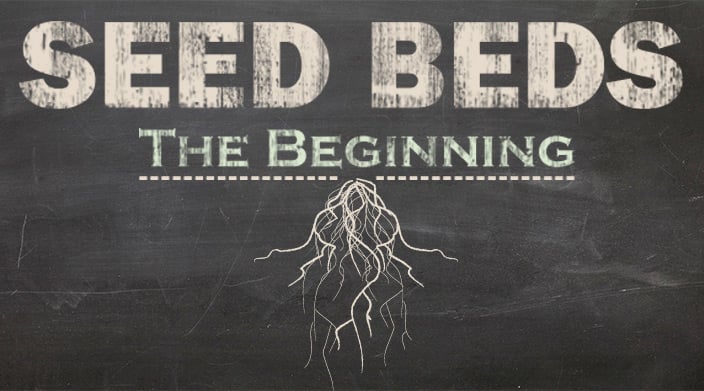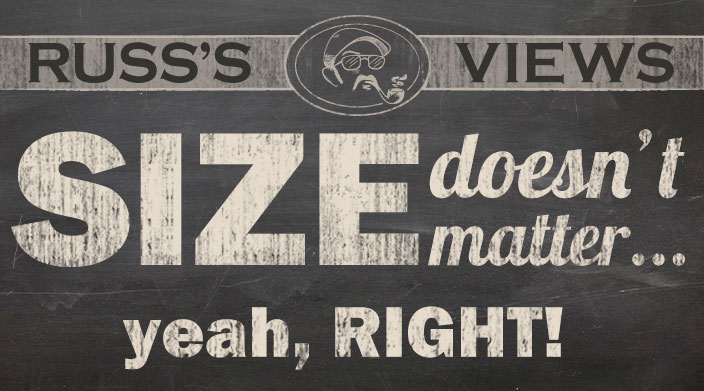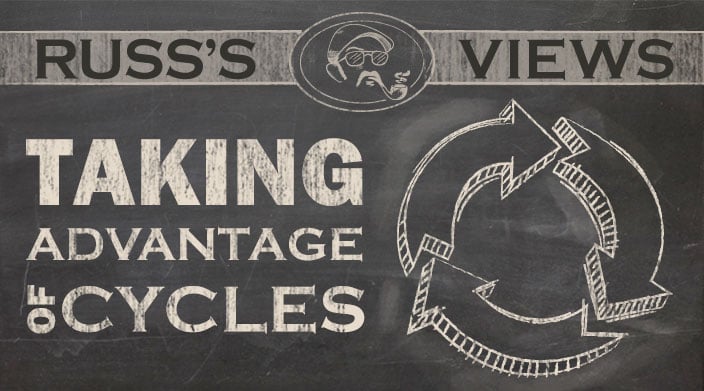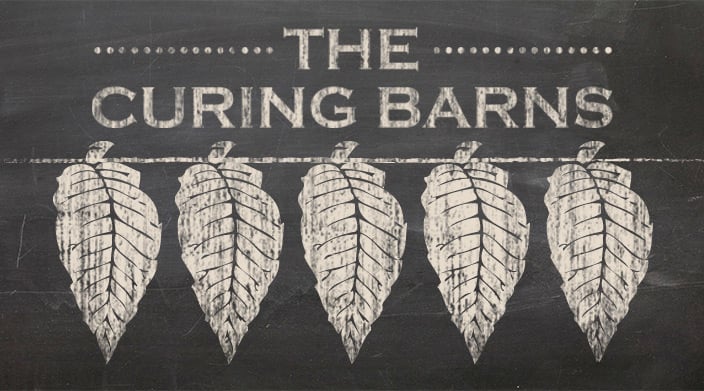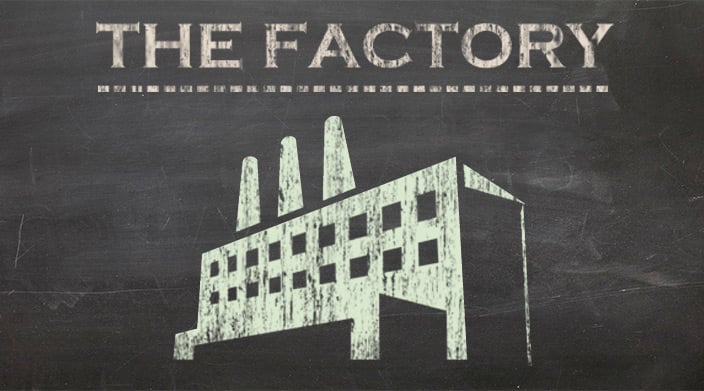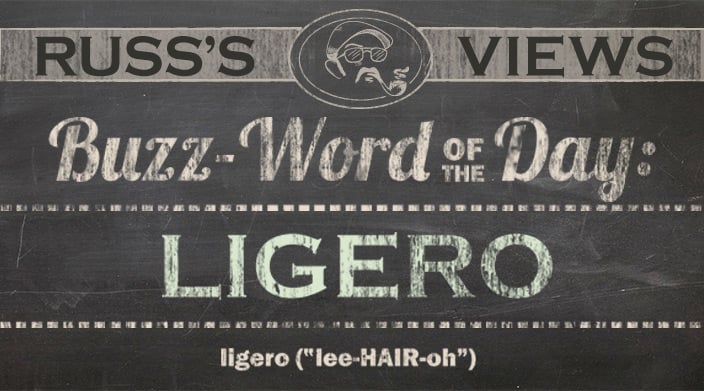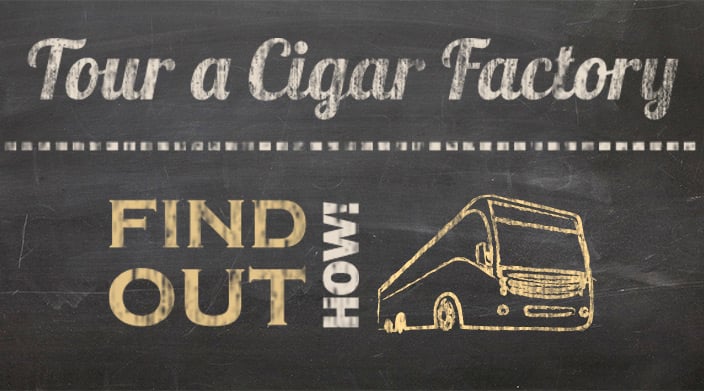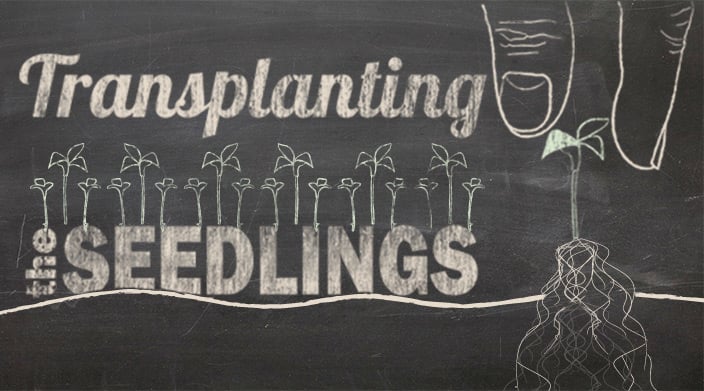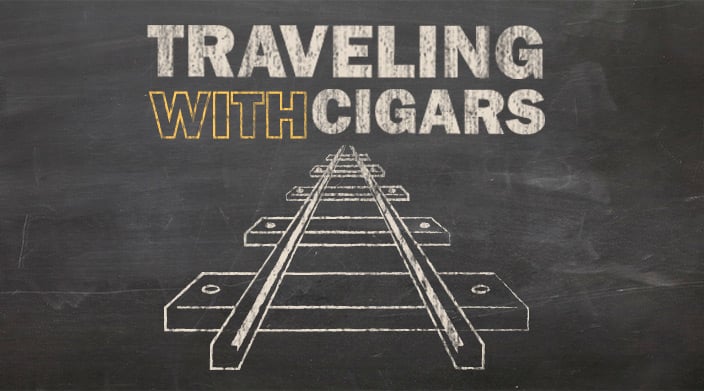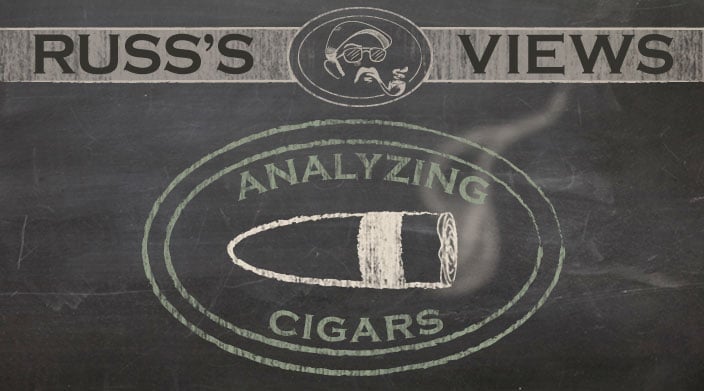When we look at the description of a cigar, or read a rating, one of the first things we look for is the kind of wrapper used. We then tend to conjecture about the cigar based on the leaf used. Is that wise? Not necessarily. There’s little question that the wrapper tends to have more influence on the overall flavor of the cigar, but it’s only part of the equation.
WHY DOES THE CIGAR WRAPPER AFFECT THE FLAVOR?
Let’s first try to understand why the cigar wrapper affects the flavor. Because it’s on the outside, there’s more air which helps the taste to develop. The binder and filler get less air exposure and a lower combustion temperature, and don’t contribute quite as much.
DIFFERENT TYPES OF CIGAR WRAPPERS
Certain wrappers have a delicate flavor, such as Connecticut Shade. This blonde, very thin leaf has a mellow, leathery taste with a hint of white or black pepper, and comes either from the area around Windsor Locks, CT, or from Ecuador. So, it would make sense that this wrapper would be found on smooth cigars like Macanudo and Davidoff, and, indeed, that is the case.
But some companies have experimented with more robust fillers and binders to pair up with Connecticut Shade for a whole new experience. A few examples would be the Camacho Connecticut, the Flor de Oliva Connecticut Reserve, and the recently discontinued Joya de Nicaragua Serie C.
Wrappers such as Sumatra have a natural sweetness that makes them better suited to medium to medium-full cigars. There are others that have a toasty or nutty character, such as Brazilian Mata Fina and Ariparaca, San Andres, and Costa Rican Marrón, and they will tend to work best with medium to full-bodied cigars.
Next, we look at the Cuban seed wrappers grown in the Carribean and Central American region. Strains such as corojo and criollo take on different properties depending on where they are grown. A wrapper of this sort grown in the Dominican Republic will usually be mellower and smoother than the same seed grown in Honduras or Nicaragua, due to the soil and microclimate. Sun-grown versions of these same types will be stronger and spicier than shade-grown. That’s why most full-bodied cigars will use one of these wrappers.
We also know that some of the flavor we get from a wrapper doesn’t come from the burning leaf. Loof at the Joya de Nicaragua Cabinetta, which has a lightly colored Connecticut Shade wrapper up to the band, but then is covered with a darker Cuban seed leaf up through the cap. Just the fact that the smoker’s tongue comes in contact with the spicier cap will make the cigar seem fuller in strength, even though the stronger leaf will probably not be burned.
WRAPPER COLORS
Of course, the type of leaf is just one aspect of the wrapper. Was the leaf cured to be a claro, natural, Maduro, or even sun-grown? What country did the wrapper come from? What size and shape is the stick? All these elements impact the taste of the cigar. The general categories of cigar wrappers are by the color of the wrapper leaf, but this is not necessarily an indication of strength or flavor. The problem is that all manufacturers seem to have their own terminology for wrapper colors. We’ve compiled the most commonly used terms for you.
Claro or Candela (also called Extra Claro or American Market Selection (AMS)) is a green wrapper created by heat-treating the leaf shortly after harvesting. This is usually a mellow wrapper with some sweetness, and, typically, a bit of herbal bitterness as well. Claro was the most popular wrapper for the American market during the 50’s and 60’s, but now is a small share of sales.
Natural (also called English Claro, English Market Selection (EMS)) wrappers are usually light brown or beige in color, and includes most of the Connecticut shade-grown tobaccos. They are normally thin, delicate wrappers and have a leathery, woody, or nutty flavor.
Colorado (also called Rosado or Colorado Maduro)- This is a medium reddish-brown wrapper, and in many cases, it will have a fair amount of spiciness about it. This type of leaf may be a bit thicker and heartier than the lighter colors, as it is normally a sun grown type.
Maduro (also called Spanish Market Selection (SMS), Maduro, Double Maduro, Oscuro) wrappers are the dark brown to near black wrappers, and although they tend to impart a full-bodied flavor, they also tend to be somewhat sweet and not all that spicy. Maduro means ripe, and the process that turns a leaf dark is definitely a ripening. The tobacco is allowed to cure to a higher temperature than claro or natural, and that causes the wrapper to become dark brown to black (often referred to as oscuro). Although I’d like to address the different strains of leaves (corojo, criollo, piloto cubano, etc.), I’ll deal with them in a separate article called Cigar Tobacco Types.
So, even though this subject proves that you can’t judge a book by its cover, the wrapper of a cigar will tell you a good amount of the story, as long as you have the facts on your side.




